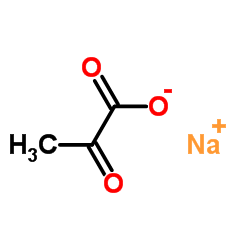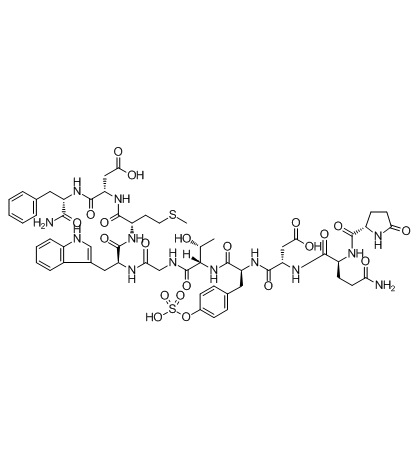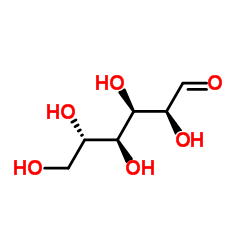| Structure | Name/CAS No. | Articles |
|---|---|---|
 |
Sodium 2-oxopropanoate
CAS:113-24-6 |
|
 |
Caerulein ammonium salt
CAS:17650-98-5 |
|
 |
L-Glucose
CAS:921-60-8 |
|
 |
Carbachol
CAS:51-83-2 |